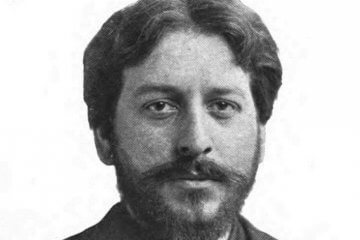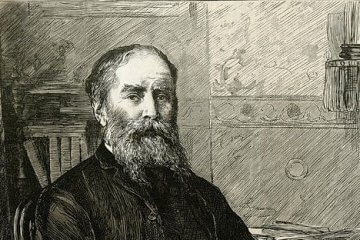by Brett Vaden
Between 10 and 16 years of age, boys growing up among the Australian Aborigines are sent out to survive on their own in the wilderness, marking their transition to manhood. This rite of passage has been called “walkabout.”
 During the journey, which can last six months, the young adolescent follows criss-crossing paths left by ancestors and recalled in song and ceremony. A key purpose of walkabout is for the boy to embrace the land and ways of his culture. By the end, he will have joined the ranks of other adults in his tribe. It would be a mistake to assume, however, that this journey alone teaches the boy the skills he needs. Rather, it is the proving ground for the education already received from parents and other teachers.Now, we don’t have our students go on walkabout once they reach high school or the ‘rhetoric stage’ of their education. However, there are certain aspects of high school that serve to prove the mettle of our students—that demonstrate the formation that their minds and hearts have received through training in the liberal arts.
During the journey, which can last six months, the young adolescent follows criss-crossing paths left by ancestors and recalled in song and ceremony. A key purpose of walkabout is for the boy to embrace the land and ways of his culture. By the end, he will have joined the ranks of other adults in his tribe. It would be a mistake to assume, however, that this journey alone teaches the boy the skills he needs. Rather, it is the proving ground for the education already received from parents and other teachers.Now, we don’t have our students go on walkabout once they reach high school or the ‘rhetoric stage’ of their education. However, there are certain aspects of high school that serve to prove the mettle of our students—that demonstrate the formation that their minds and hearts have received through training in the liberal arts.
Last week I was observing a high school rhetoric class for an accreditation visit. They were practicing ‘Lincoln-Douglas’ style debate. As I watched the two debaters present their arguments, cross-examine, and offer rebuttals, I couldn’t help but be proud of them. This boy and girl, both sixteen years of age, displayed a clarity, dignity, and respectfulness that would put many adults (and even some presidential candidates) to shame. In my eyes, at least, they had proven their right to enter into the world of adult discussion. They had demonstrated that they were learning to walk in the paths of their ancestors. What are those paths?
In classical education, we serve to initiate youth and help them pass into adulthood by shaping them into wise, virtuous adults through training in the liberal arts. Sister Miriam Joseph said, “The liberal arts denote the seven branches of knowledge that initiate the young into a life of learning.”
Many classical educators have heard of the liberal arts but some have trouble explaining what they are or how they appear in the classroom. If that’s you, be encouraged. More and more resources are appearing in the classical world. And a big reason we at CLSA exist is to help you put flesh on these classical ideas and translate them into your context.
For starters, check out this short article by Sister Miriam Joseph, in which she gives an overview of the liberal arts and orients us especially to the first three: grammar, logic, and rhetoric. (And in case you want to read her whole book, we’ve included a coupon code to purchase it at 30% off the seller’s price, with free shipping!)


